Norient City Sounds: Beirut (Map)
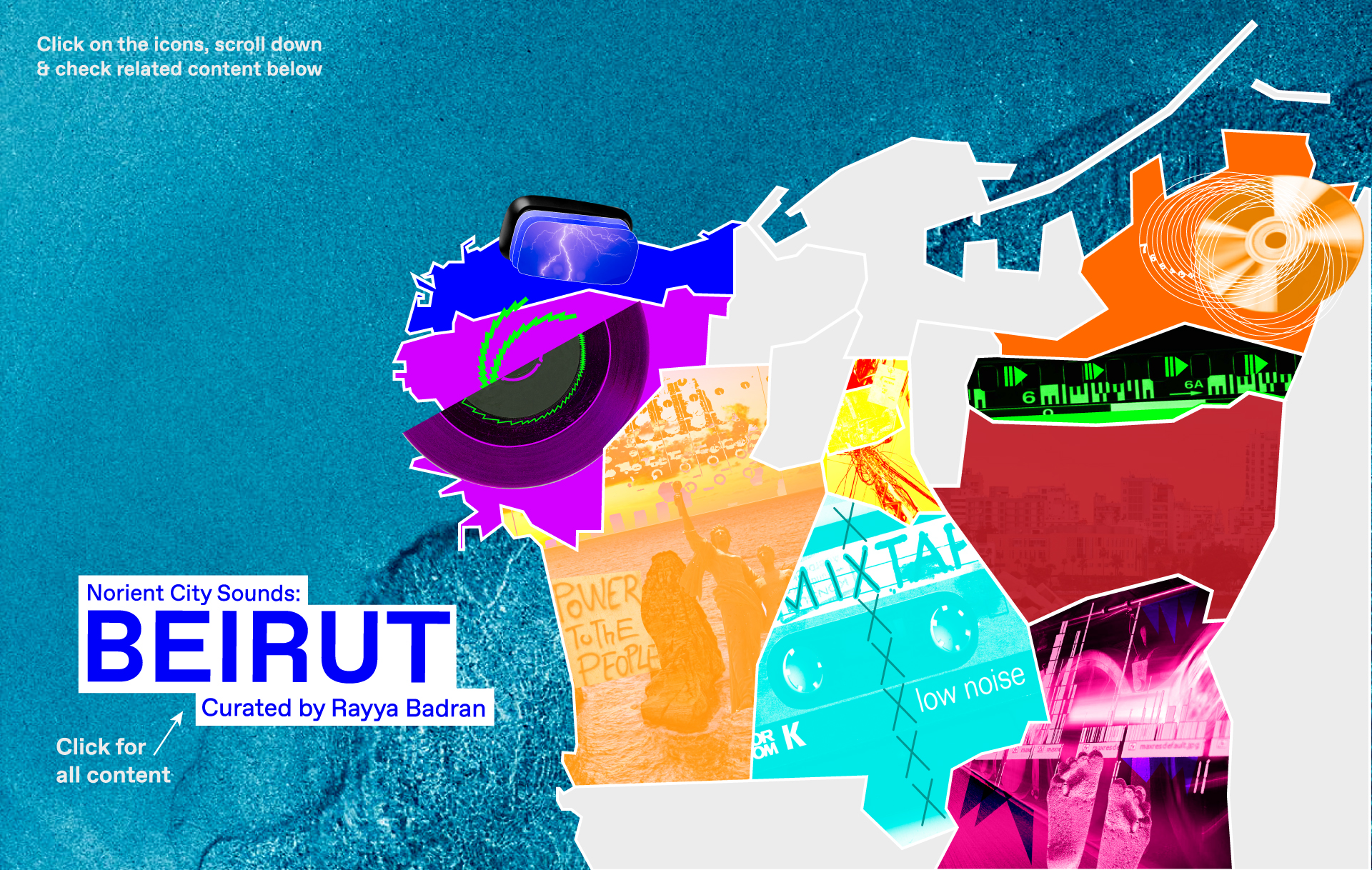


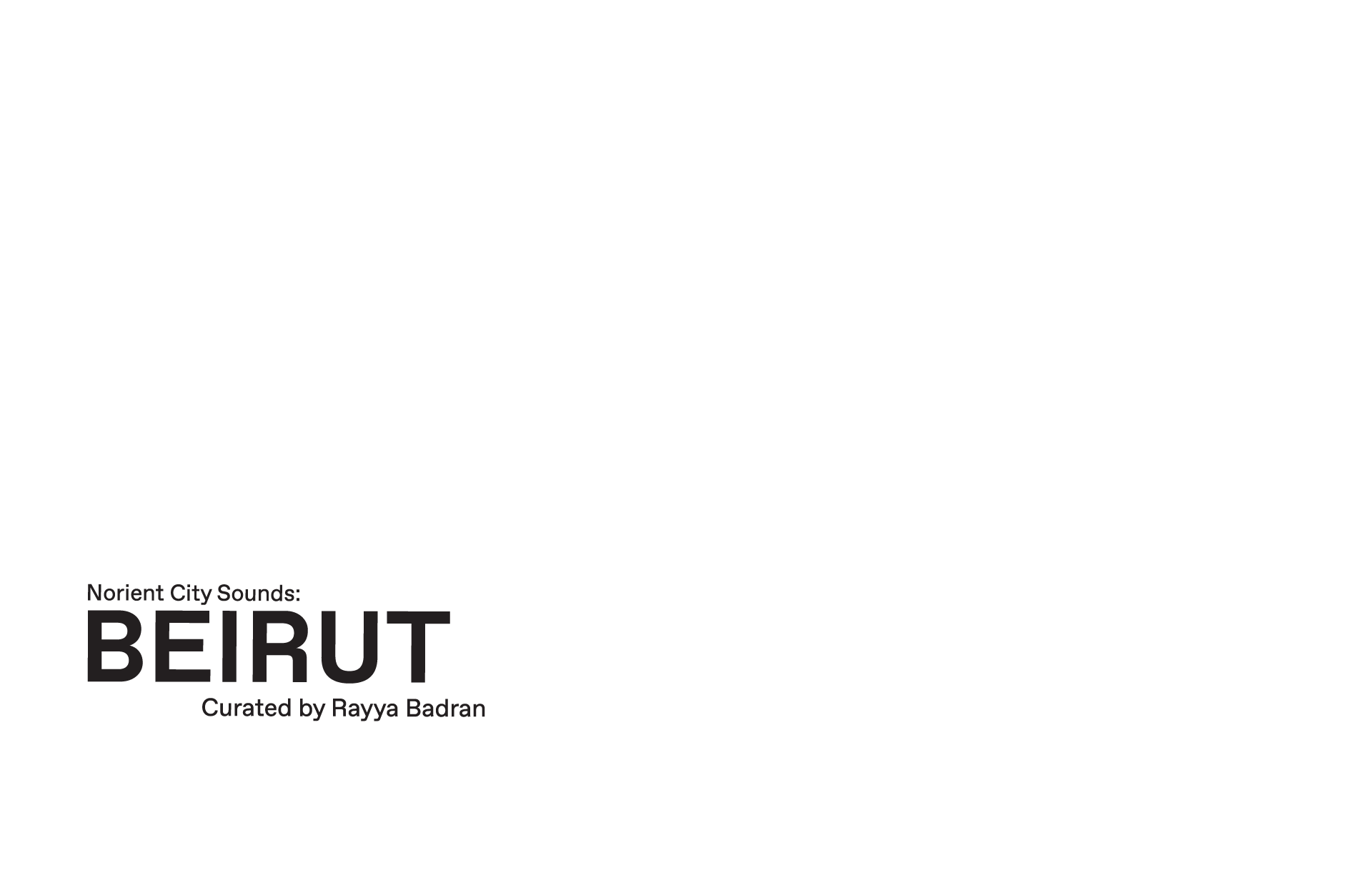

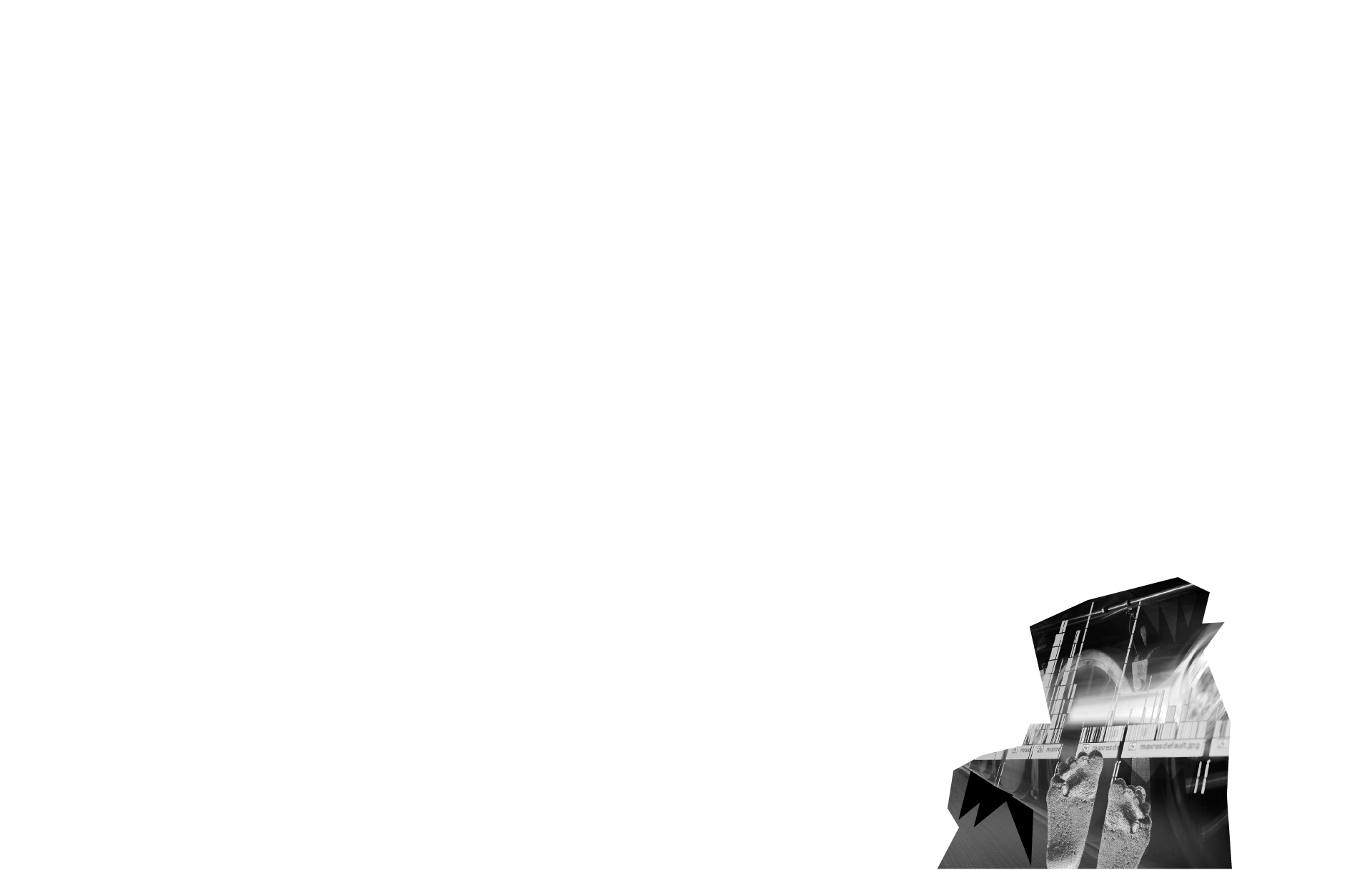
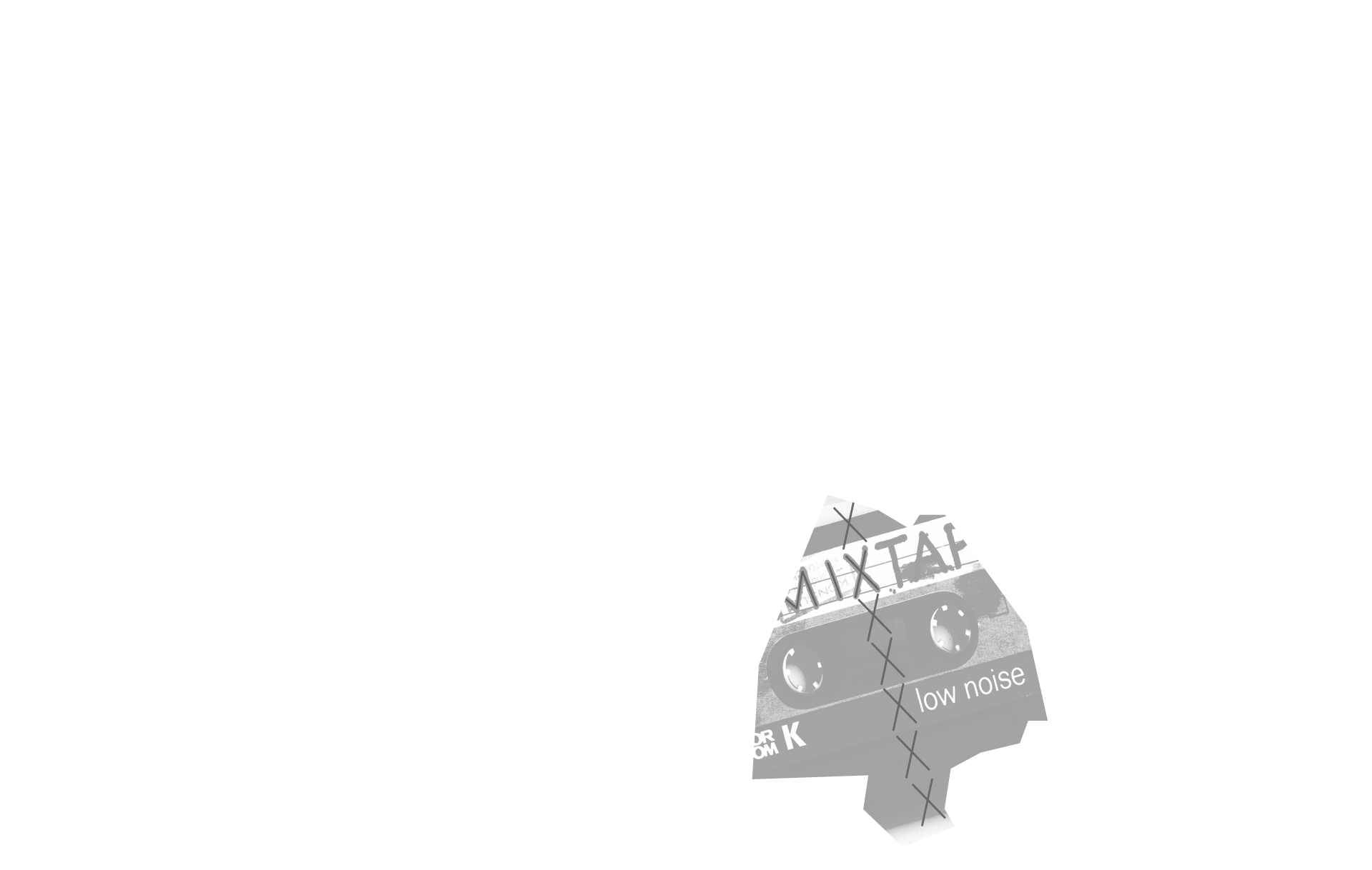


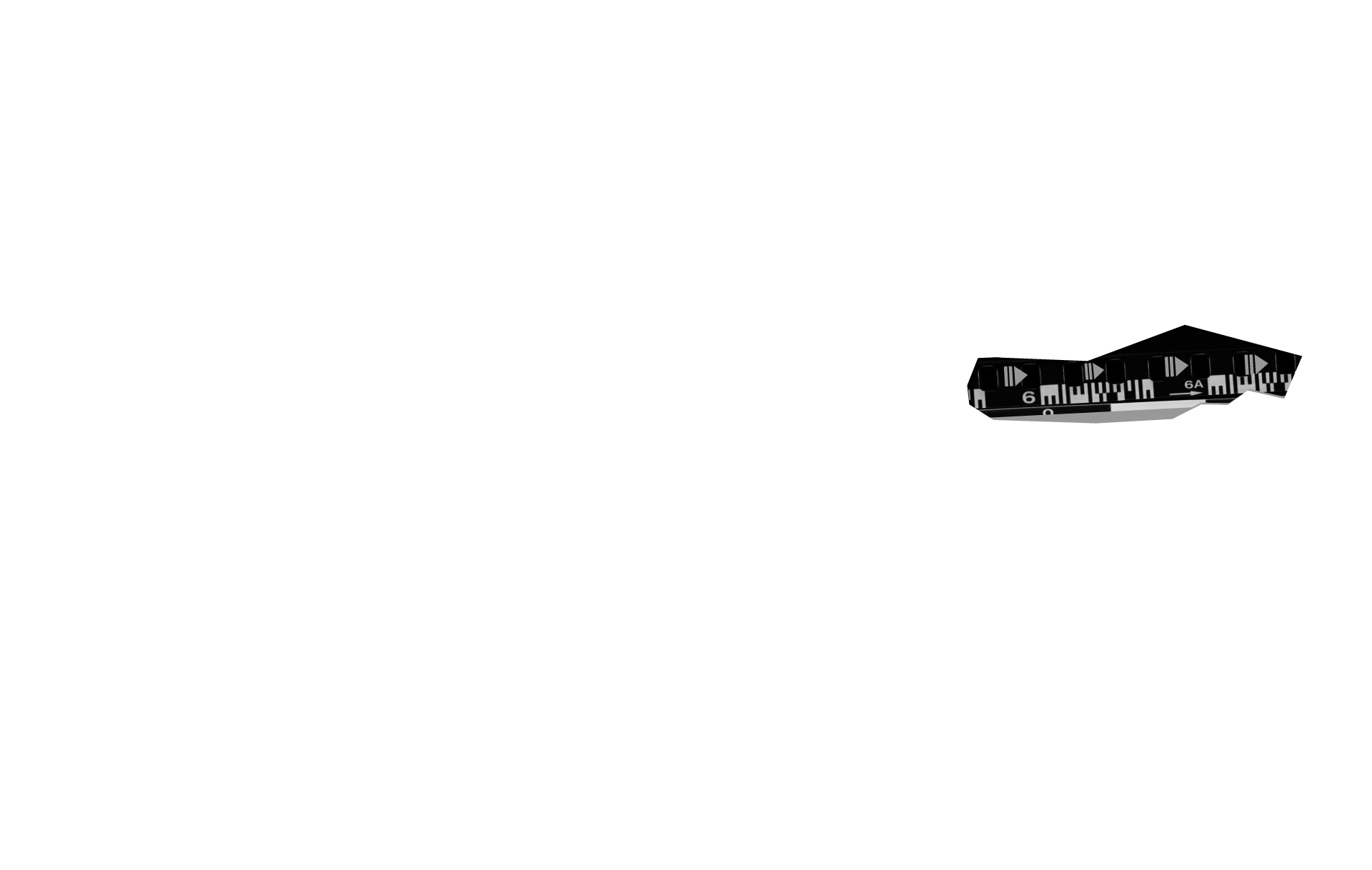

The second Norient City Sounds Online Special travels to Beirut, Lebanon, a city that continues to witness an aggravating financial and economic crisis in the midst of prolonged political and social turmoil. Plunged in darkness and reeling from traumatic events that have occurred since 2020, the city and its artists and musicians have resisted in various ways during this difficult time. The title of this edition, «Beirut Adrift», evokes a sense of loss and disorientation but also a drift in the city’s new sonic and musical terrains. The talented contributors of this edition have responded to these sounds through this generous collection of essays, sound pieces, mixtapes, photographic series, sound walks, and more. Curated by Rayya Badran.
Contents: Interactive Map
Click on the icons and scroll down to explore the content of this Special below the map.












«I take notice of the looping eruptions, as if propelled in an active nuclear power plant.»
«The demands of the uprising called for spontaneous songwriting to the tunes of local songs.»
«We deemed ourselves fortunate when the government thought we carried the devil on cassette tapes.»
«The space of the dance floor became a place for boundaries to be pushed, and limits to be broken.»